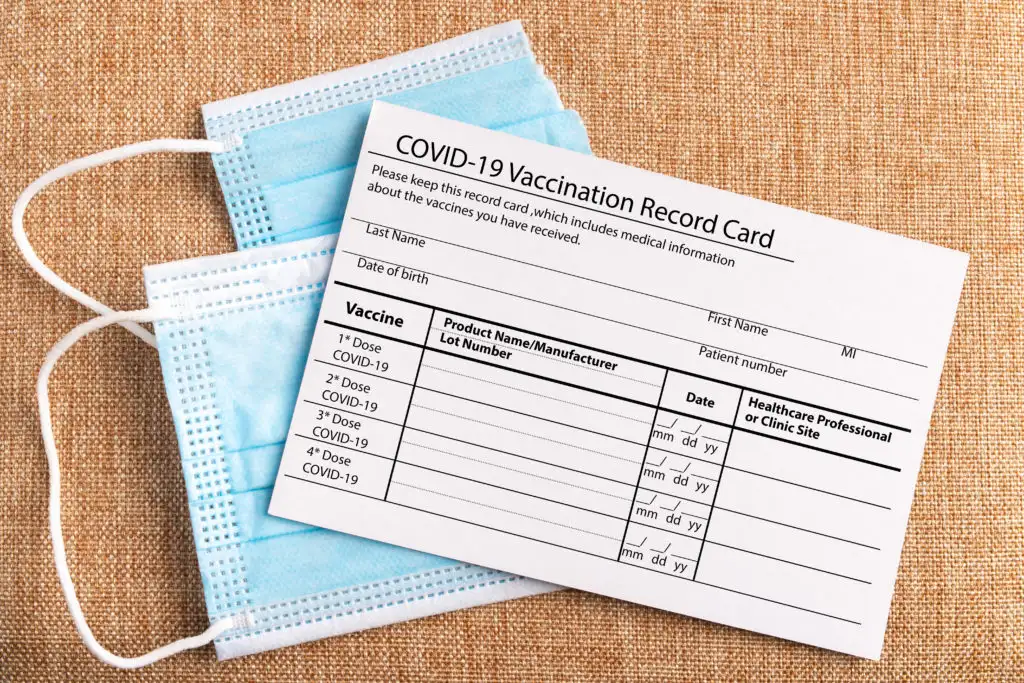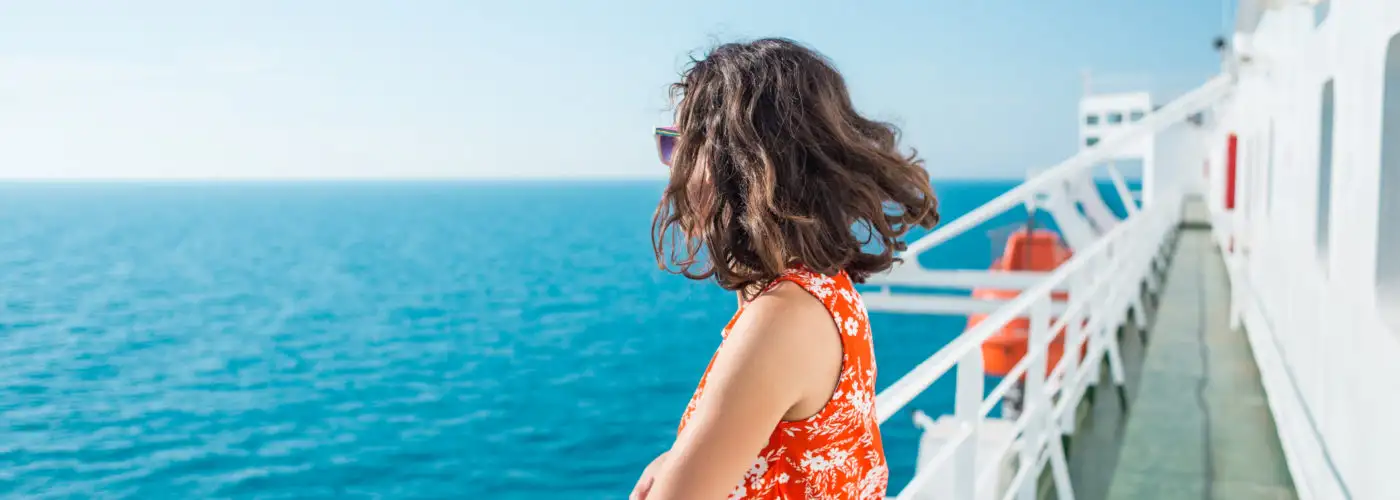Of all the segments of the travel industry that took a hit from the pandemic, none emerged with more damage to its reputation than the cruise trade. With sensational stories of passengers and crew—many sick with Covid-19 and some even dying—being unwelcome at ports around the world and some cruise lines criticized for their cavalier approach to the pandemic, cruising fell into a deep hole that it’s spent the last year digging out of.
So it might be surprising to consider that cruising may emerge as one of the most secure modes of travel in 2021 and beyond. To rebuild consumer confidence and avoid future health and optics disasters, cruise companies are setting up rigid protocols to make sure passengers and crew arrive onboard healthy and stay that way for their entire journey.
A Year to Regroup
The 2020 cruise season effectively ended late last spring, when the last COVID-afflicted ships finally found safe harbors. In the interim, the industry has been doing its homework, with the dual task of inspiring confidence and embracing reality. “They’ve spent the year studying the science of how Covid-19 is transmitted,” says Chris Gray Faust, managing editor of Cruise Critic, “and the protocols they need to put in place to make people feel comfortable once they’re on board.”
While a lot of cleaning and sanitizing protocols have actually always been there, explains Ellen Bettridge, president and CEO of Uniworld River Cruises, they are now more front-facing—part of an effort to reassure passengers that they are taking a safe vacation. New protocols, depending on the cruise line, include social distancing measures onboard, staggered seatings at mealtime, and readier availability of handwashing and sanitizing stations. Techier solutions include individual air filtration systems in every cabin, electrostatic sprayers that disinfect large areas, onboard PCR testing, and facial recognition devices that touchlessly take passengers’ temperature every time they enter the ship.
Testing & Vaccines: Mandatory or Maybe?

A clean ship and safe passengers onboard work just fine once the vessel has left port. But how will cruise lines ensure they’re boarding COVID-free passengers, and keep them from being exposed to the virus while they’re out on shore excursions? Like so many of the questions surrounding travel in the era of Covid, the answer is: It depends.
Saga, Virgin Voyages, Avalon Waterways and Crystal are among the more high-profile lines that have made the call—they’ll require passengers to be fully vaccinated in order to sail. Royal Caribbean’s newest ship, Odyssey of the Seas, will also require all passengers be vaccinated—that’s part of the reason its maiden voyages are sailing from Israel, which has a very high percentage of its population already vaccinated.
Uniworld has yet to decide on mandatory vaccines for passengers, but Bettridge seemed to suggest it might not be necessary. The line, which suspended sailings in early March of last year and hopes to resume European cruises by May, caters primarily to American tourists. Since most of their passengers will be flying to reach their port of call, the company assumes that most, if not all, will already be vaccinated by the time they undertake a trip. “We’re kind of the second layer of a vacation,” she says, “and we’re watching what the airlines are going to require.” For now, the company plans to have passengers sign a ‘well-being travel declaration’ attesting to their negative COVID status. Many other cruise lines are planning to require proof of a negative COVID test within several days of sailing.
Questions also remain as to how exactly shore excursions will be handled. Expedition cruise lines have it easy—most of their excursions take place in remote, unpopulated natural areas. River and ocean cruises, however, have to deal with letting passengers leave the ship and wander on their own. Solutions may include requiring passengers to take ship-sponsored excursions in order to disembark. “Sponsored excursions protect people by keeping them in a bubble,” says Gray Faust. “Plus, most of the excursions are for things you might want to do anyway.” But will passengers balk at having to stay in an excursion bubble, unable to explore on their own?
“The situation is literally evolving day by day,” says Gray Faust. “Cruise lines are trying to adjust according to what’s happening on land.” A month ago, vaccine requirements and mandatory sponsored excursions may have seemed like extreme, but necessary measures. Six months from now, they may be redundant.
Scenic-Only and One-Country Cruises
Important too is the situation from country-to-country, as the industry looks to individual governments for guidance. Currently, no large operators have sailings scheduled from U.S. ports, in part because the CDC hasn’t issued guidelines for ships that carry more than 250 passengers. In the United Kingdom, where Viking and P&O have recently announced the resumption of cruises, Andy Harmer, director of the Cruise Line International Association (CLIA) for the UK & Ireland, says these developments are part of a long-planned, phased-in restart. “UK domestic cruises represent the first stage of this plan. We continue to work collaboratively with the government, including through the Global Travel Taskforce, in order to ensure the safe restart of international cruises in time for the summer season.” For now, these itineraries are only open to UK residents, and the P&O cruises are “scenic-only”—also referred to as “cruises to nowhere.” They have no ports-of-call, but give travel-starved passengers the perks of the cruise experience—minus the excursions.
Bettridge predicts that at the outset of the 2021 season, Uniworld and others may opt for similar single-country cruises in countries that are both welcoming cruise passengers and have been declared Covid-safe. “Then once Europe starts to open up,” she says, they’ll bring back the multi-state itineraries that river cruisers love.
Whatever the timing, industry experts say there’s cause for optimism. Both Gray Faust and Bettridge used the term “gangbusters” to describe prospects going forward. Bettridge says that while this summer might get off to a slow start, “late 2021 looks really strong and 2022 is on fire.” Antarctic cruises—some of the most expensive in the industry—are also selling briskly, especially for this December’s solar eclipse itineraries. And judging from their audience surveys, Gray Faust says enthusiasm is high across all segments of the industry. “Avid cruisers are ready to go.”
You Might Also Like:
• US Issues Unusual Travel Warning for Popular Caribbean Country• 4 Common Travel Disasters and How to Prevent Them
• The Ultimate Toiletry Kit Packing List
• 6 Ways to Avoid Getting Sick After Flying
• 5 Hotel Nightmares That Could Happen to You
We hand-pick everything we recommend and select items through testing and reviews. Some products are sent to us free of charge with no incentive to offer a favorable review. We offer our unbiased opinions and do not accept compensation to review products. All items are in stock and prices are accurate at the time of publication. If you buy something through our links, we may earn a commission.
Related
Top Fares From
Today's Top Travel Deals
Brought to you by ShermansTravel
Shop and Save with Country Inns...
Patricia Magaña
 Hotel & Lodging Deals
Hotel & Lodging Deals
$229 -- Chicago: Discounted Rates and...
Francesca Miele
 Hotel & Lodging Deals
$229+
Hotel & Lodging Deals
$229+
$188 -- Honolulu: Save on Oceanview...
Abigail Lamay
 Hotel & Lodging Deals
$188+
Hotel & Lodging Deals
$188+




